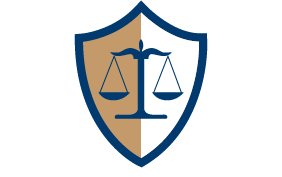Estate Lawyer
To put it simply, estate planning is the process of choosing who you want to receive your assets after your death or in the event of incapacitation. Many people seek guidance from a good estate planning law firm before starting, similar to W.B. Moore Law, just to make sure their documents are clear and legally binding. While estate planning can sound like a difficult task, there are ways to make it easier on yourself. Here are examples of objectives to add to your estate plan checklist.
- Create an inventory
- Consider the needs of your family
- Review your beneficiaries
- Factor state laws for estates
- Plan to update it periodically
You may at first glance think that you do not have enough assets to justify estate planning, but you may be pleasantly surprised to see that you have more than enough that needs protection. For instance, you may own a vehicle, home, or other valuable assets. But it’s also possible that maybe you have a modest estate and only sentimental items. Either way, assets such as these will need a place to go after you die, otherwise you risk the court system handling it for you in a way you would not have wanted. Tangible assets can be things like:
- Cars, boats, motorcycles
- Land, home, or other real estate
- Collectibles, antiques, art, or trading cards
- Other personal possessions
By comparison, intangible assets can be items such as:
- Mutual funds, stocks, or bonds
- Savings or checking accounts
- Ownership of a business
- Health savings account
- Life insurance policies
- Retirement plans
After you have a sense of what your estate consists of, you can protect your assets by writing a will, ensuring you have enough life insurance, appointing a guardian for minor children, choosing a medical care directive, establishing a trust, and more. Your estate lawyer can talk with you about your assets and what estate planning documents or strategies will be most helpful to you.
Your estate plan documents, such as a will or trust, may list your wishes, but may not be all-inclusive. Meaning, you may still have to check your insurance and retirement accounts, make sure the right people you want to get your stuff are set up to do so when the time comes, and not leave any beneficiary designations blank. For instance, if you do not have a beneficiary for a retirement account, the funds may be distributed based on state law and not necessarily what your preferences would have been.
Once you have completed your estate plan, you can rest assured knowing the future of your life, assets, and legacy will be transferred to those you want to have them. However, you must update your documents every few years or so or as life situations change. If you have a divorce, marriage, birth of a child or death of a beneficiary, these are all reasons to update your plan so that what is current reality is reflected. Hopefully, through this article you have more insight into estate planning and know that while it may seem like a big task, it can be simplified into smaller steps so that it is more manageable. And when you have questions or concerns, a lawyer who knows estate plan law can be a great resource.

